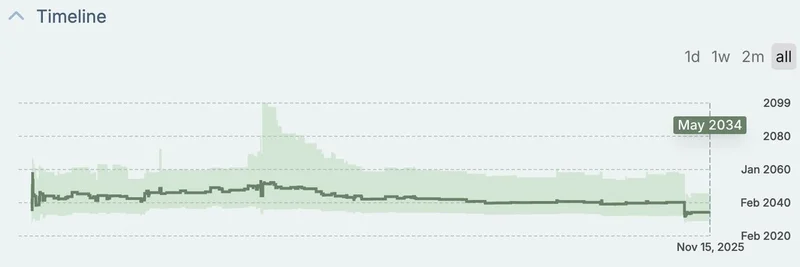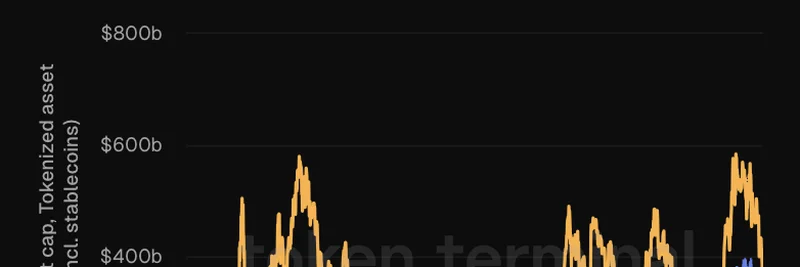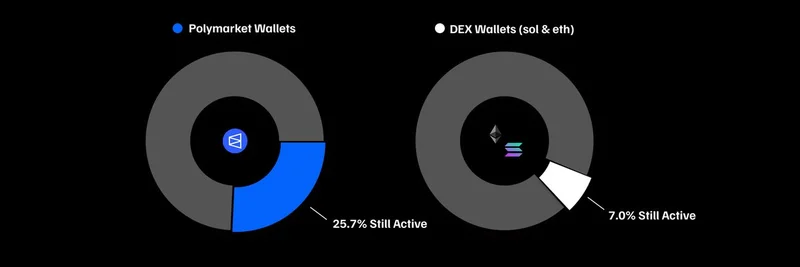In the fast-paced world of crypto, where memecoins like Dogecoin or newer viral tokens often steal the spotlight, a recent thread from David Phelps (@divine_economy) is sparking important conversations. Phelps, co-founder of Jokerace and a prominent voice in web3, dropped some hard truths about the industry's focus on high-risk plays and why that's holding back true mass adoption.
Phelps' thread kicks off by quoting Aave's announcement of their new Aave App, described as "a smarter way to save." Aave, one of the leading DeFi protocols, has launched this mobile app offering up to 9% APY on savings, instant interest accrual, and even insurance protection up to $1 million per user. It's designed to feel like a traditional banking app but powered by blockchain, making it accessible for everyday people looking for stable yields without the wild swings.
But Phelps isn't just hyping Aave—he's calling out the elephant in the room. He argues that memecoins, NFTs, and perpetual futures exchanges have mostly found product-market fit (PMF) with big players, or "whales," who use them for wash trading—essentially manipulating prices by trading with themselves to create fake volume or tax advantages. This setup, he says, often leaves retail investors—regular folks like you and me—getting "mangled" when they dip their toes in, facing rug pulls, extreme volatility, or simply being outmaneuvered by those with deeper pockets.
The Risk-Reward Curve in Crypto
Expanding on his point, Phelps highlights how the crypto community fixates on lottery-like opportunities with sky-high risks and potential returns. Think of memecoins pumping 100x overnight or NFTs flipping for massive profits. While exciting, these appeal mainly to gamblers and insiders, not the broader public seeking reliable financial tools.
"There's a whole risk/reward (R/R) curve left to capture," Phelps notes, "and retail is on the lower end." In simpler terms, not everyone wants to bet the farm on a meme token inspired by a cat or a frog. Many potential users are looking for safer entry points, like earning steady interest on stablecoins without the fear of losing everything.
He points to Aave as a prime example, and also shouts out @wcm_inc (World Capital Markets), which positions itself as the evolution of financial history in crypto. These projects focus on building trustworthy, user-friendly products that mimic traditional finance but with blockchain's benefits—like transparency and no middlemen.
Implications for Meme Tokens
As someone who's covered the meme token space extensively, this resonates deeply. Memecoins have been a gateway for many into crypto, driven by community hype and viral marketing. Tokens like PEPE or SHIB have created millionaires, but they've also led to countless losses for retail traders caught in pump-and-dump schemes.
Phelps' critique isn't about ditching memecoins entirely—after all, they're part of what makes crypto fun and innovative. But to grow beyond a niche of speculators, the industry needs to balance the thrill with stability. Imagine meme projects integrating low-risk features, like yield farming tied to community governance, to attract a wider audience.
For blockchain practitioners, this is a call to action: prioritize building for the masses. Tools like the Aave App lower the barriers, allowing users to save and earn without needing a PhD in crypto jargon. Terms like "wash trading" refer to artificial trades that inflate activity, often used by whales to manipulate markets, while "perps exchanges" are platforms for perpetual futures contracts, which let traders bet on price movements without expiration dates.
Looking Ahead: Onboarding the Next Billion
If crypto wants to onboard billions, as many visionaries claim, shifting focus from whale-dominated games to inclusive apps is key. Aave's move into a consumer-friendly savings app, available on app stores with features like automated savings and easy fiat on-ramps, could be a game-changer.
Check out the full thread here for more insights, and explore the Aave App at aave.com/app if you're curious about dipping into DeFi safely. As meme tokens evolve, incorporating elements of reliability might just be the secret to sustaining their hype while welcoming more participants.
What do you think—can memecoins adapt, or will stable DeFi steal the show? Share your thoughts in the comments below.



